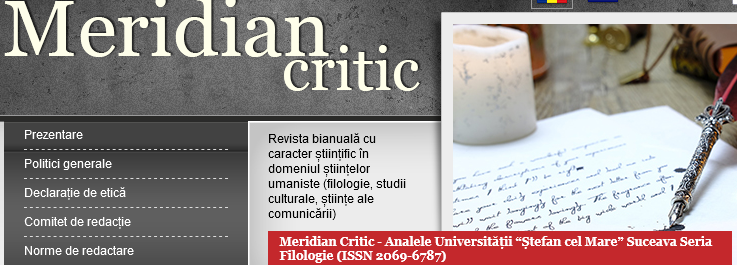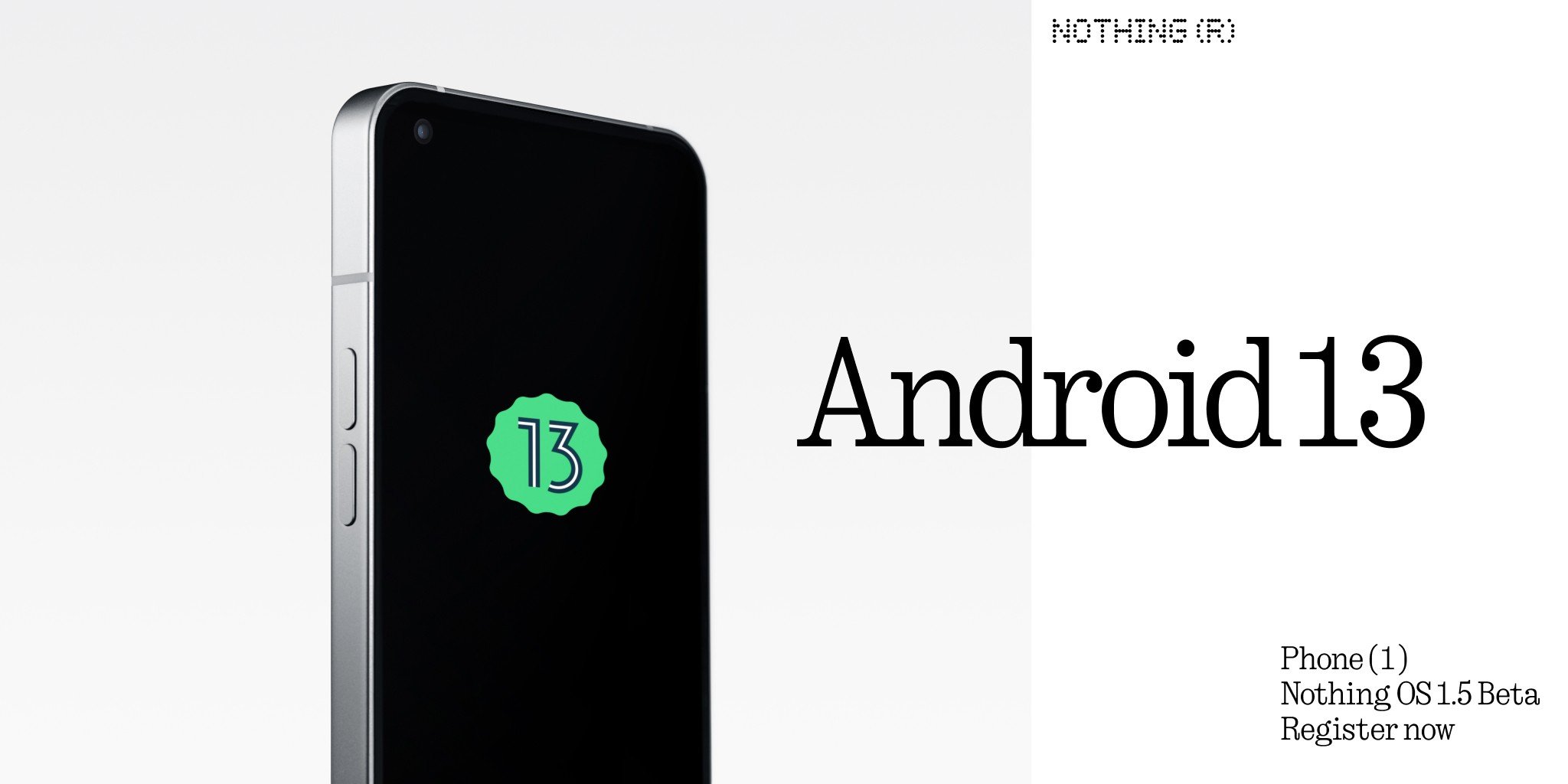Daughter of the (post)modern world, hybrid genre, transgressive, provocative, without tradition, without recognition or firm conceptual validation – because things are still in the legitimization phase – the graphic novel is undoubtedly a challenge for the simple reader as well as for the specialist . The growing and undeniable impact it has on the book market, however, calls into question the need to rethink and refine the definitions, explanations and illustrations that allow us to better understand, validate or circumscribe the concept of literary work, or even artistic work in general. Both the critic and the ordinary reader may feel irritated by this “impostor”, half text and half drawing, which very often also claims the fame of the original that “parasites”.
The graphic novel would then, some would say, be just kitsch, generated by the need for disclosure, for simplification, for an audience that no longer has the time or the desire to devote itself to too demanding intellectual activities; it would not be surprising, say the same voices, that it proliferates above all in hyper-industrialized societies. Others, on the other hand, think that this literary genre reflects more the complex process of interpreting a text, appropriating it by rewriting it and graphically imposing hermeneutic boundaries.
But beyond these disputed points of view, the graphic novel is a creation in its own right, born precisely from a desire for openness, for mutual emancipation of the arts, for generations of readers with extremely varied profiles. In the contemporary cultural context, this hybrid work also inflames the debates and controversies that have always accompanied the novel, in its modern form, from the beginning of its appearance until today: it is the same difficulty in defining, the same theoretical impasse in which he places his interpreters, the same dependence on current events, which forces him, so to speak, to a perpetual metamorphosis, to a continuous adaptation to the cultural rhythms (and specificities) and civilizations of the moment.
However, despite all the difficulties mentioned above, no theoretical or investigative approach can avoid difficult questions. What are Graphic Novels? Are they really novels? If they are classifiable, according to which criteria, on the basis of which concepts? Who are their authors, their readers, their critics? Does the diffusion of graphic novels modify (amplifying or weakening it) the impact of homonymous books or films, does it lead to changes in the conceptual apparatuses of the different arts? Are there societies, mentalities, stereotypes that particularly stimulate the production of graphic novels? Does the future of graphic novels depend on the evolution of technology, does it belong to artificial intelligence?
Contributions planned for Meridian Critic’s Issue 1/2023 Critical Dossier will answer these questions and/or offer original insights into the creation, development, reception and interpretation of graphic novels. Contributions for other sections of the journal will also be considered.
—
Articles can be written in Romanian, English, French or German.
The complete texts (maximum length 7000 words), accompanied by summaries in English (maximum 200 words) and a biobibliographic note of the author (maximum 400 words), will be sent by 10 May 2023 to the addresses ioan .farmus@usm .ro , [email protected] and [email protected].
For style and layout requirements, please follow the editorial guidelines posted on the journal web page:
http://meridiancritic.usv.ro/index.php?page=norme-de-redactare
Deadline for submitting articles: May 10, 2023.

